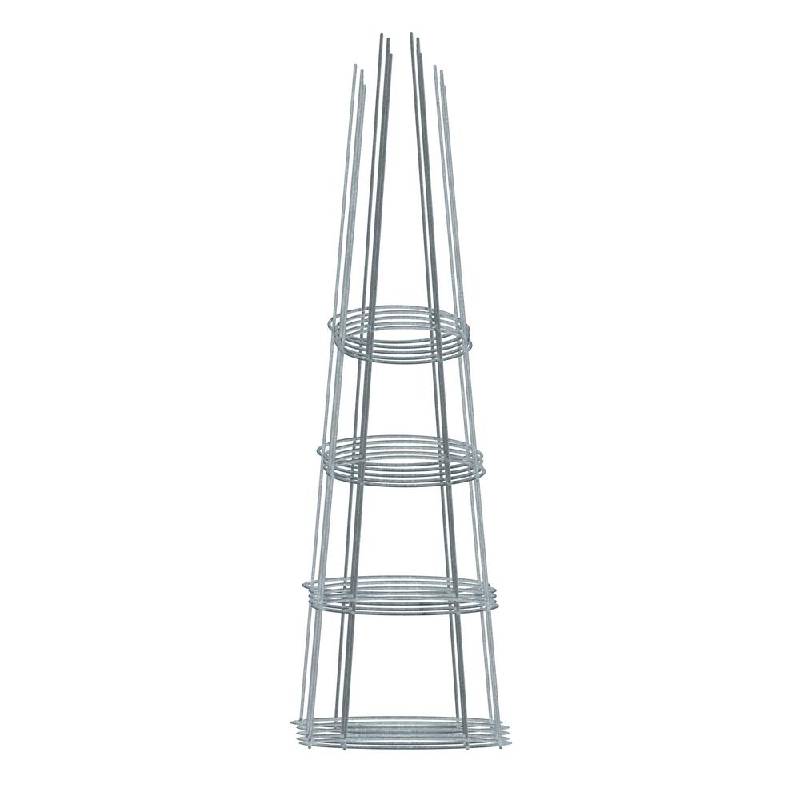
- Mobile Phone
- +8613931874955
- sales@cntcmetal.com
cattle grid fence
Understanding Cattle Grid Fences An Essential Tool for Livestock Management
Cattle grid fences are an innovative solution used predominantly in agricultural settings to manage livestock and maintain property boundaries. These structures serve several significant purposes, including preventing livestock from wandering onto public roads, helping to contain cattle within pastures, and facilitating easier access for vehicles on farms without compromising the safety or escape routes of cattle.
What is a Cattle Grid Fence?
A cattle grid, often referred to as a cattle guard, is usually a set of bars or rails placed across a roadway or the entry point of a pasture. They allow vehicles to pass over while preventing livestock, particularly larger animals such as cows and horses, from crossing. The design typically includes a series of horizontal bars spaced apart enough to allow vehicle tires to pass but too far for cattle hooves to gain stable footing. This clever engineering leads to a dual-action benefit it keeps livestock contained while allowing farmers and vehicles to access their land without the need for traditional gates.
Benefits of Cattle Grid Fences
1. Safety for Livestock and Drivers By keeping cattle confined to designated areas, cattle grids significantly reduce the chances of animals straying onto busy roads, which could lead to accidents. This not only protects the livestock but also ensures the safety of drivers, pedestrians, and cyclists.
2. Reduced Labour Establishing a conventional fence can require significant investment in materials, time, and labor for installation and maintenance. Cattle grids present a more efficient solution, as they require less frequent maintenance and allow for easier movement across boundaries for farm equipment and vehicles.
cattle grid fence

3. Minimal Disruption Cattle grids are designed to allow smooth passage, which is critical during busy farming operations. Farmers can conduct their tasks without stopping to open and close gates repeatedly, thus increasing overall efficiency.
4. Enhancing Animal Welfare With proper use, cattle grids can help in creating a more controlled environment for livestock. Containment allows farmers to better monitor the health and well-being of their animals, ensuring they receive appropriate resources such as food, water, and shelter.
Installation and Considerations
While the installation of cattle grids may appear straightforward, careful planning is essential. Factors such as location, the type of livestock being managed, and the weight capacity of the grid must be addressed. Furthermore, local regulations may impose specific guidelines regarding the construction and maintenance of cattle grids, particularly near public roads.
Another consideration is the landscape surrounding the grid. It is important to ensure that the approach to the grid is well-designed; abrupt changes in incline can discourage livestock from crossing, making the grid ineffective. Adequate signage should also be installed to inform vehicular traffic of the presence of cattle grids.
Conclusion
Cattle grid fences represent a blend of functionality and livestock management innovation. They cater to the unique needs of farmers while prioritizing the safety of both animals and drivers. As rural economies evolve and the demands on agricultural practices grow, technologies like cattle grids will continue to play a crucial role in enhancing sustainable practices in livestock management. Properly implemented, they can facilitate the seamless operation of farms, safeguarding both agricultural productivity and animal welfare.
share:
-
Why Sacrificial Formwork Is Redefining Underground ConstructionNewsJun.06,2025
-
The Structural Dynamics of Modern Concrete: How Snake Spacers Revolutionize Flexible ReinforcementNewsJun.06,2025
-
Snake Spacers Smart-Lock Concrete Reinforcement with Surgical PrecisionNewsJun.06,2025
-
Snake Spacers: Reinforcement Precision for Modern Concrete ProjectsNewsJun.06,2025
-
Snake Spacers Powering Concrete's Structural DNANewsJun.06,2025
-
Slither into Success: Snake Spacers' Precision Bite for Unbreakable ReinforcementNewsJun.06,2025
-
Sacrificial Formwork: Building Stronger, Faster, and Safer StructuresNewsJun.06,2025



















